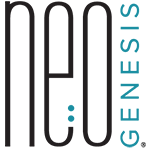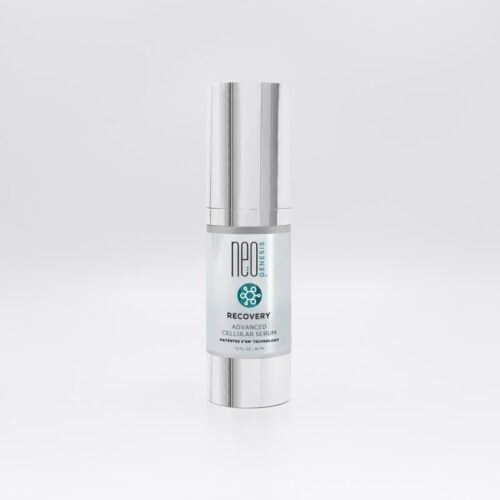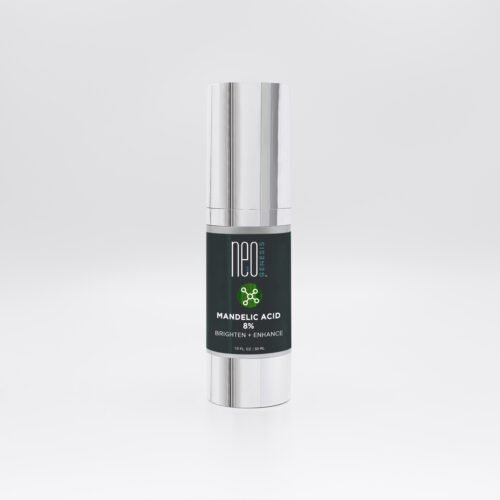Rosacea
NeoGenesis provides a line of skincare products for rosacea-prone skin to calm irritation and redness. Naturally deliver the nutrients needed for the skin to become balanced, smooth in texture and even in tone. NeoGenesis skin care products support inflammation reduction, relieve burning and stinging sensations and help to bring the skin back to a healthy state.
BENEFITS
- Soothes rosacea symptoms
- Hydrates the skin adequately
- Minimizes flare-ups
- Smoothes skin texture
- Calms redness and irritation
- Restores an even skin tone
RECOMMENDED PRODUCTS
Cleansers, Makeup Remover, Shop All
Rated 5.00 out of 5$50.50 Select options This product has multiple variants. The options may be chosen on the product page
- Rated 5.00 out of 5$3.50 – $62.50 Select options This product has multiple variants. The options may be chosen on the product page
Enzyme Creme Mask, Masks, Shop All
Rated 5.00 out of 5$23.00 – $209.50 Select options This product has multiple variants. The options may be chosen on the product page
Mists, Moisturizing Mist, Oncology Friendly, Shop All
Rated 4.98 out of 5$10.00 – $31.00 Select options This product has multiple variants. The options may be chosen on the product page
Conducting Gel, Glide Gel, Oncology Friendly, Pro Treatments, Shop All
Rated 4.96 out of 5$12.50 – $26.50 Select options This product has multiple variants. The options may be chosen on the product page
Aging Skin, Eye Serum, Oncology Friendly, Serums, Shop All
Rated 5.00 out of 5$35.00 – $102.50 Select options This product has multiple variants. The options may be chosen on the product page
Acne, Aging Skin, Oncology Friendly, Recovery, Serums, Shop All
Rated 4.96 out of 5$62.00 – $395.00 Select options This product has multiple variants. The options may be chosen on the product page
Aging Skin, Booster, Oncology Friendly, Serums, Shop All, Skin Serums
Rated 5.00 out of 5$51.50 – $293.50 Select options This product has multiple variants. The options may be chosen on the product page
Aging Skin, Barrier Cream, Barrier Renewal Cream, Moisturizers, Oncology Friendly, Shop All
Rated 5.00 out of 5$10.00 – $187.00 Select options This product has multiple variants. The options may be chosen on the product page
Acids, Acne, Mandelic Acid 8%, Oncology Friendly, Serums, Shop All, Skin Serums
Rated 4.87 out of 5$13.00 – $63.00 Select options This product has multiple variants. The options may be chosen on the product page
Home Care Protocol
MORNING
STEP 1: Use Cleanser.
STEP 2: Apply Recovery on type 2 rosacea or Booster on type 1 rosacea.
STEP 3: Apply Barrier Renewal Cream.
STEP 4: Apply mineral sunscreen SPF 30+.
STEP 5 (optional): Spritz MB-1across the face and neck.
EVENING
STEP 1: Remove any eye and lip makeup with Erase the Day on a cotton round.
STEP 2: Double cleanse with Cleanser (or only once if not wearing makeup). Rinse with warm water and gently remove with a clean face towel using sweeping motions.
STEP 3: Apply Recovery on type 2 rosacea or Booster on type 1 rosacea.
STEP 4: Apply Mandelic Acid 8% over Recovery, Booster or immediately after cleansing to exfoliate and target any breakouts. Start with once a week only and build up to 3 or 4 times per week. Pair back if your skin feels more tight, dry, oily or you notice increased redness.
Alternatively, you can apply Enzyme Crème Mask for 3-8 minutes after cleansing (step 2) once or twice a week for gentle exfoliation to help smooth your skin texture.
STEP 5: Apply Barrier Renewal Cream.
STEP 6: Spitz MB-1 across the face and neck.
Featured Videos
FAQs
What are the different types of rosacea?
Type 1 Dry Rosacea, also referred to as Erythematotelangiectatic Rosacea, is characterized by persistent redness that can be accompanied by couperose (capillary veins visible in the cheek area), roughness and dryness. Burning or stinging sensations may also be experienced.
Type 2 Wet Rosacea, also referred to as Papulopustular Rosacea, is characterized by persistent redness that can be accompanied by transient papules (small breakouts), watery vesicles, edema (swelling), and heat welts. Burning or stinging sensations may also be experienced.
Type 3 Phymatous Rosacea is characterized by thickening of the skin, often affecting the nose.
Type 4 Ocular Rosacea is characterized by irritation to the eyes.
Are type 1 and type 2 rosacea treated differently?
Yes, type 2 papulopustular rosacea often presents with breakouts. It can look oily but feel wet due to fluid accumulating in the epidermis (top layer of the skin) as a response to inflammation. It’s important not to overhydrate this type of rosacea, so choosing Recovery over Booster is important. However, type 1 erythematotelangiectatic rosacea is often dehydrated and very thirsty–this is where Booster can really help.
What professional treatments are most effective for rosacea?
Consider Intense pulsed light (IPL) for treating general redness and telangiectasia (broken capillaries). Light chemical peels like mandelic acid or lactic acid may improve texture and reduce breakouts. A combination of red and blue light therapy has been found to be helpful, as is regular cold therapy to help reduce heat and redness in the skin. Another consideration is cold plasma treatments as they may help improve redness and breakouts.
What holistic habits are important for treating rosacea?
Holistic habits for managing rosacea should focus on reducing inflammation, supporting the skin barrier, and avoiding triggers. A diet rich in whole foods, omega-3s, and probiotics can help calm skin from the inside, while avoiding common triggers like spicy food, alcohol, and hot drinks. Gentle skincare with fragrance-free products like the NeoGenesis Recovery and Barrier Renewal Cream along with reapplication of mineral sunscreen can help to protect sensitive skin. Managing stress through meditation, yoga, or breathwork is essential, as stress often triggers flares. Finally, maintaining regular sleep, avoiding extreme temperatures like hot showers, hot tubs and saunas is important.














